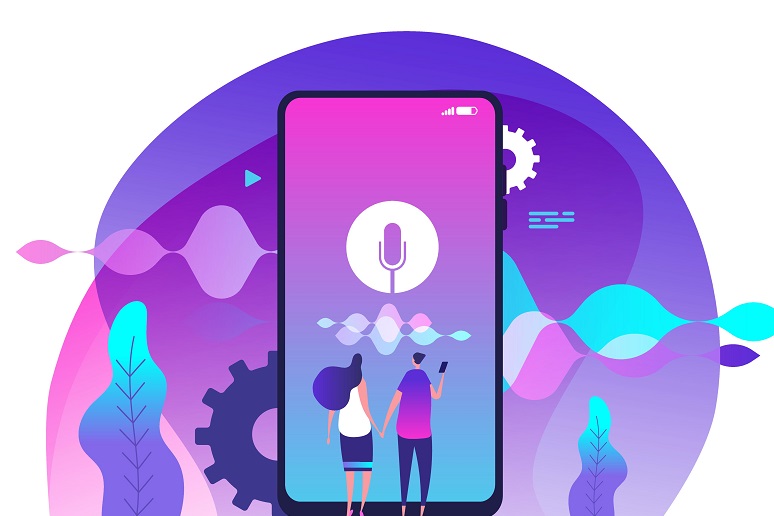Replicant, a conversational AI provider, launched its
Thinking Machine voice AI platform in 2019. The Thinking Machine processes complete sentences in real-time, allowing businesses to apply the voice AI platform to various customer-service call flows. With the growing demand for intelligent voice automation in call centers, Replicant CEO and Co-Founder Gadi Shamia recently spoke with No Jitter to discuss how automation improves working conditions for call center employees, reduces attrition, and assists recruiters. He also shared how conversational AI advancements address bias, language, and dialect while empowering a call center workforce.
Responses have been edited for conciseness and clarity.
What is one specific way automation is improving working conditions for call center employees? What problem did automation eliminate or reduce?
GS: Call center jobs always suffered from a high turnover. It is a high-stress job that requires repetitive work, and pays entry-level wages for most agents. In the last two years, the situation has worsened. The great resignation increased turnover and made it more challenging than ever to recruit new agents that look for more inspiring and engaging work.
Automation reduces and resolves repetitive tasks (calls or other contacts) and allows agents to focus on the engaging ones. For example, rather than rebooking a passenger on the next flight, an agent can help a mother of three find accommodation when her red-eye flight has been canceled.
When automation takes away all repetitive calls, agents can uplevel their skills to deal with more complex problems that require higher empathy. With a focus on quality and personal attention, agents are not measured by quantity and utilization and, therefore, enjoy a less stressful and more enjoyable work environment.
In which ways has automation helped to reduce workforce attrition?
GS: Tier 1 calls, which typically include simpler requests for help, are the majority of what agents handle and the job can be very stressful. Screens in contact centers and leaderboards show handle time per call and customers in queue, encouraging agents to work faster and take fewer breaks. It is often quantity over quality work.
With contact center automation, Thinking Machines (what Replicant calls its conversational AI platform) are capable of having human-like conversations with customers to resolve customer issues so that human agents can tackle complex problems and spend more time with the customers who need it most. As a result, agents enjoy less stressful yet more impactful work.
What is one example of how a specific advancement in conversational AI has identified and addressed bias in contact center interactions with consumers?
GS: We serve several customers in the food space and handle millions of calls to restaurants. Many restaurant workers who speak English as a second language found that offshore agents don’t always understand their accents, resulting in a high level of errors. Replicant was able to minimize those errors as our language models evolved over time to better deal with accents and colloquialisms—allowing us to provide the same level of service regardless of dialect or English proficiency.
Thinking Machines never get fatigued and "don't care" if the person speaks fast or slow, uses proper grammar, or has a heavy accent. As a result, every customer gets the same level of service with consistency.
How will AI and automation address and mitigate the issue of burnout for a call center workforce?
GS: With the introduction of automation, agents can answer more calls that require thinking, human connection, and creativity. They can focus on quantity and, in a way, move off the repetitive, high-pressure conveyor belt. Agents’ time is now valued more, and we see more companies paying higher wages for experienced agents that can solve the most complex issues.
Blue-sky time: How do you see AI empowering a call center workforce?
GS: As machines solve the most common issues, agents will address more nuanced and less repetitive tasks, they will earn higher wages associated with more complex work, and they will gain the skills to pursue customer service roles in industries they are passionate about. New jobs will emerge in call centers around data analysis, conversation design, and bot maintenance, just like we have seen with the advent of robotics in factories.
We are close to a future where agents will have better jobs, customers will get better service, and companies will be able to use customer service to connect with their customers, rather than deflecting their issues.








